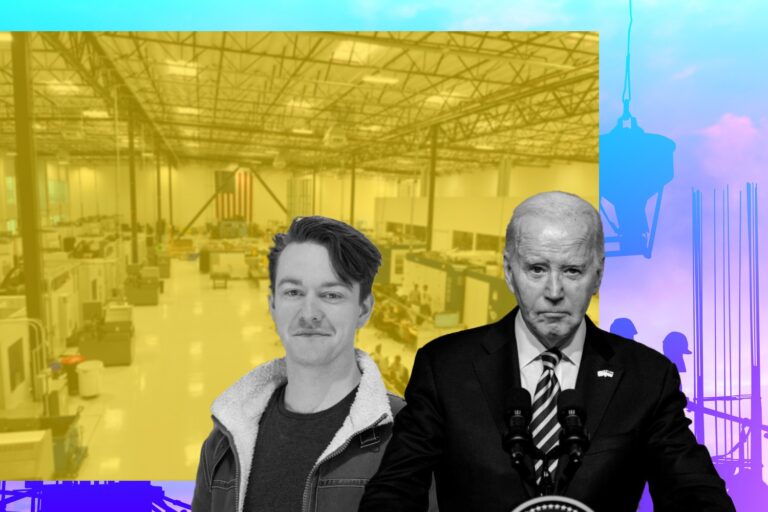How the Upsurge of Salt Lake City Has Solidly Roofed Small Businesses and Startups?
Salt Lake City is leading many cutting-edge innovations while nurturing a healthy entrepreneurial environment and economic development. The capital of Utah has been busy with a massive expansion of its airport, reviving its downtown and seeing a building boom. With that growth come hardships and phenomenal opportunities.
Salt Lake Is Thriving Along the Strong Economy of Utah
Eight of the last nine years Forbes has named Utah the Best State for Business, including the No. 1 ranking the second time in 2018, and this winning streak happens for a reason. The state has had feeds this prosperity by focusing on the key industries including: Aerospace and defense, Software, and I.T, Life sciences and Financial services
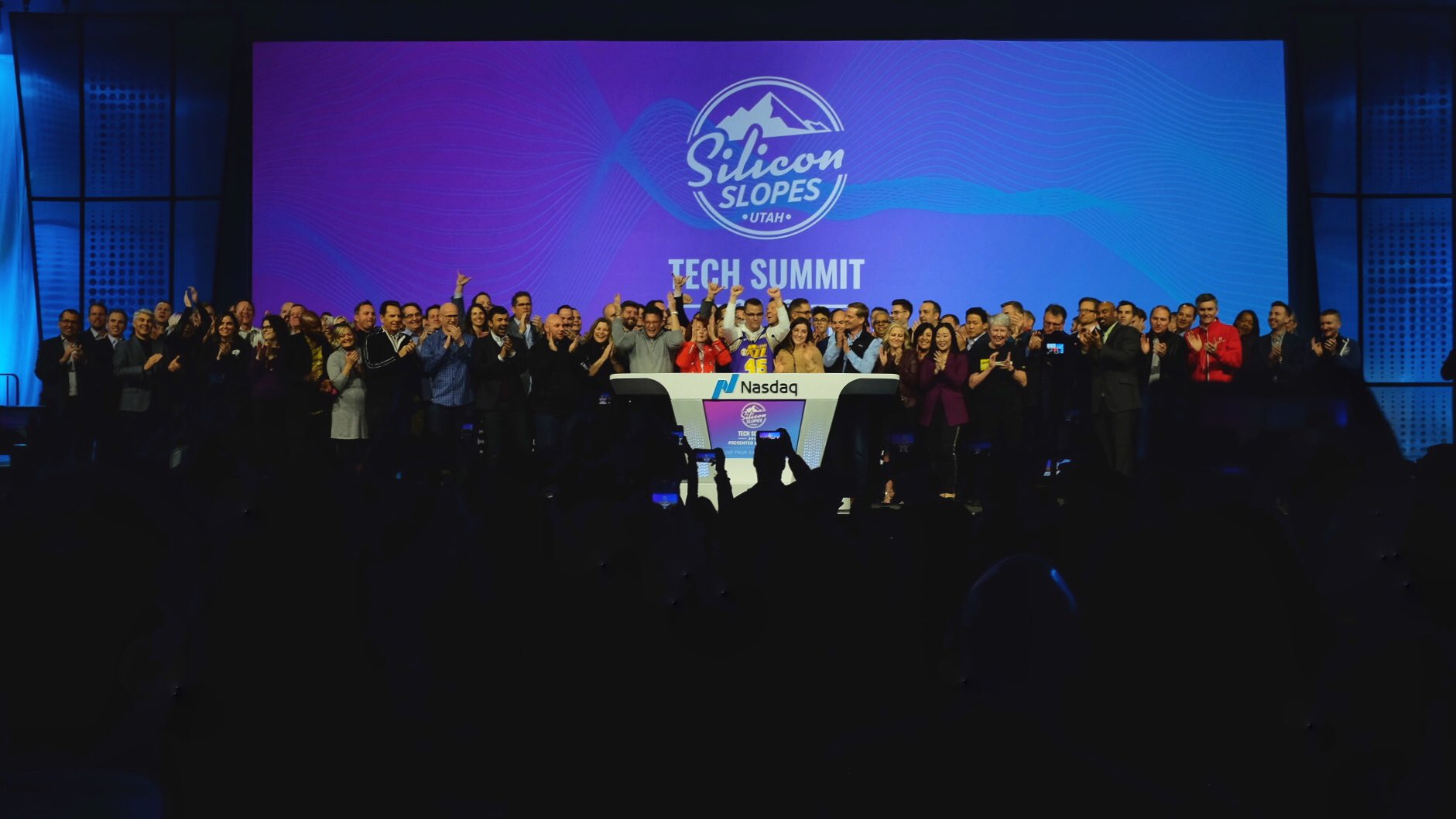
Home to giants like Albany Engineered Composites, BAE Systems, Boeing, L-3 Communications, Lockheed Martin, and Northrop Grumman “We have more than 33,000 jobs in aerospace and defense,” says Val Hale, executive director of the Governor’s Office of Economic Development. Every fighter jet in the Western World needs carbon fiber composites, from stabilizers for Boing 787 to Airbus 280 component parts, and all of that come from Utah.
In software and I.T, Utah leads the nation with 7.69 percent growth last year. “We have more than 73,000 jobs among 4,000 companies on the Silicon Slopes”- Hale notes.
In life sciences, more than 1,000 biomedical firms call Utah home. Which give about 34,300 jobs — or 1.8 percent of state workers — and produce 2.6 percent of state GDP.
Financial services, at the same time, remains strong as Utah ranks No. 8 in the U.S for banking assets. “Fintech is on the rise in Utah” claims Hale “Purple Mattress was just a year and a half old when it sold for over a billion dollars.”
Tech Startup Scene
Aside from the city being a culture-center for innovation, Utah has a natural tendency towards tech innovations. With software, internet, and some of the legacy companies that have been here and started such as Novell, WordPerfect, or Altiris and many others as well. So, what makes Salt Lake City such an attractive city for high tech startups?
Dynamic Startup Scenario
Salt Lake City has been rampantly attracting tech startups and several other businesses for years, with its pipeline of talent and loads of unique opportunities. Alone 2017, the city launched 42 startups, it is named the new “tech mecca” by Forbes. Now it has earned the nickname of “Silicon Slopes” – Salt Lake City continues to provide innovation and plentiful talent to companies even in 2020.

For a startup ecosystem like the one in Salt Lake City to grow, significant M&A (Mergers and acquisitions) events must regularly take place (at least every few years), which result in a windfall of capital that founders can use to start new ventures, invest in other startups, or in some cases do both. This trickle down from liquidity events drives the future startup ecosystem and spurs growth. Without this trickle down the ecosystem would be starved of the needed capital and valuable experience that feed startup growth. Lucky for the Salt Lake Valley, M&A (Mergers and acquisitions) events have been on display for years and could be attributed to the expansion and growth of local technology.
Much like the semiconductor industry set the foundation for growth in Silicon Valley, the Salt Lake valley has its own foundational company. Novell was founded in 1979 by Ray Noorda and Drew Major in Provo, UT (south of Salt Lake City). Novell, a software, and services company are like the “Golden Network” that propelled the Salt Lake Valley into the high-tech industry.
According to Kem C. Gardner Policy Institute, over the last 10 years Utah has the second fastest growth rate for technology jobs at 4.9% per year. Especially, on a recent report “Spotlight on Tech Leasing” – Cushman & Wakefield stated, Salt Lake City saw the second-most tech-related commercial leases last year and now claims the ninth-largest share of tech tenants in the country.
Energetic Workforce to Match Venture Capitalists’ Needs
There are many reasons to explain this phenomenon, yet namely? The city’s tech talent and its surging Millennial population.
Real estate services firm CBRE states in a recent report, Salt Lake City has one of the largest concentration of Millennials in the country. About 21% of its residents are in the 23-to-28 age range, compared 13.9% of the country’s population at large. Salt Lake City is also ranked by CBRE at no. 22 as an honored candidate for top tech talents. In brief, startups in Salt Lake City can find space to grow and acquire talent, as young employees can find a decent wage among some of the fastest growing tech industries.
Regarding venture capitalists, it would be impractical to ignore Salt Lake City’s – the Silicon Slopes. In the past decades, venture capital investing has nonstop increased in Salt Lake City, most remarkable was a sizable jump from $299 million across 34 deals in 2013 to $732 million across 55 deals in 2015. Which can be explained as, just for Salt Lake City, Utah has raised more venture capital funding than New York.
Life Science Scene – Biotech
Salt Lake City’s dynamic life science hubs could be demonstrated through a healthy mix of diagnostic, medical device, biopharmaceutical, and appliance firms operating. In its Life Sciences Industry publication, BioUath announced with 1,038 life science companies, 38% are distribution focused, while 34.4% are involved with testing and medical laboratory work, 17.3% design and make medical devices and equipment and 10.3% develop biotech and pharmaceuticals.
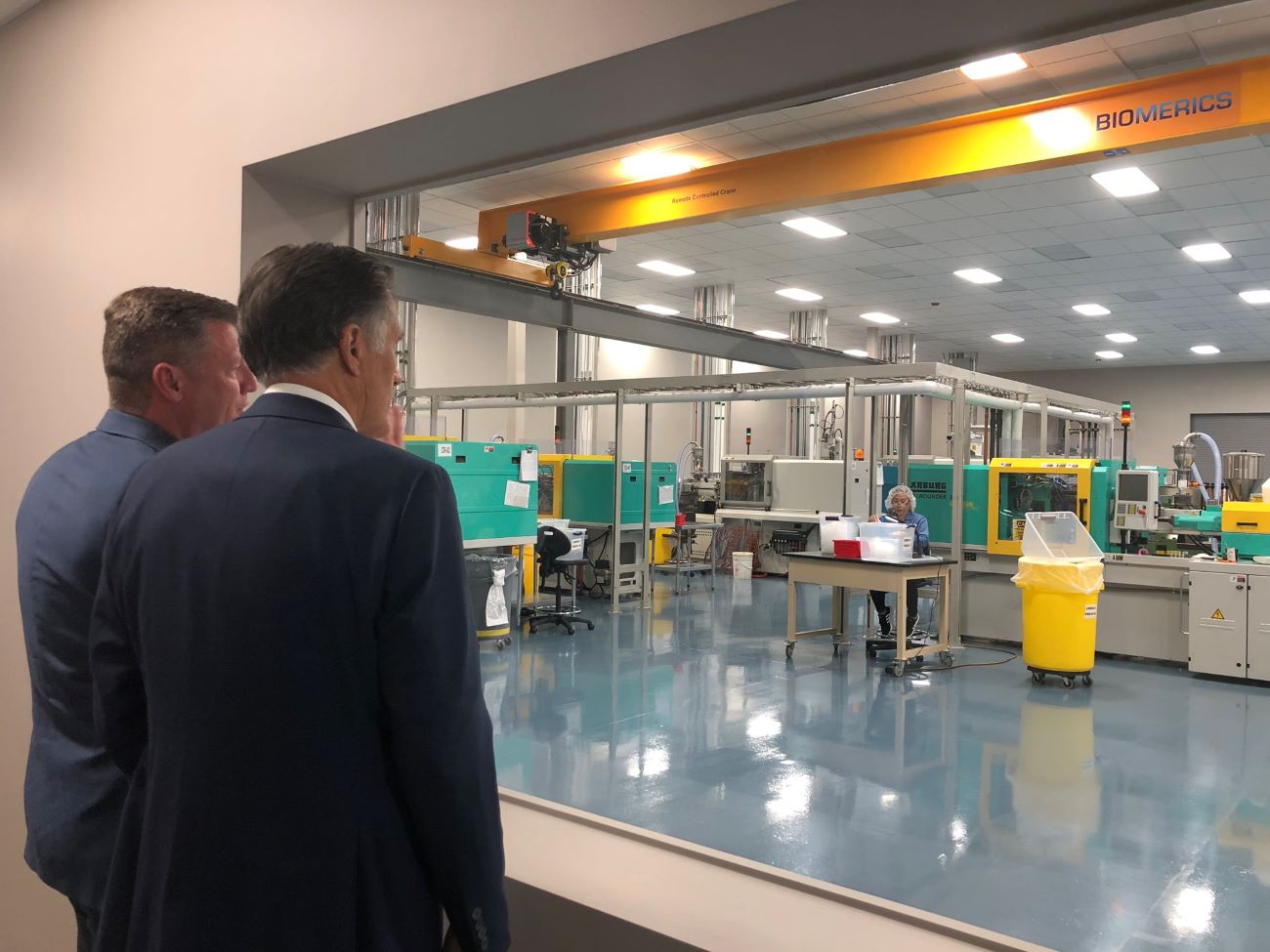
The overall economic impact, reports BioUtah, is considerable: approximately 130,439 life sciences jobs equal $13 billion in GDP and $7.6 billion in personal income directly feeding that growing economic engine. Utah has led American in terms of jobs in the life sciences sector from the period 2012 till now, as it produces 70% of the arterial and vascular access devices used worldwide.
“The state of Utah has a rich history of innovation and creativity from our life sciences entrepreneurs,” said Kelly Slone, president, and CEO of BioUtah. “Our scientists and business leaders are doing amazing things to grow our economy, including employing tens of thousands of skilled workers in high-demand and high-paying jobs.
“Utah’s life sciences industry is one of our most high-tech, high-paying industries. It opens doors to global markets and makes a significant impact on our economy,” said Val Hale, executive director of the Governor’s Office of Economic Development (GOED). “As one of the state’s strategic industry clusters, life science fuels economic diversity and helps us maintain a healthy economy for generations to come.”
Diverse Array of Ventures
Regarding biotechnology scene, Salt Lake City and Utah attains a diversified range of commercial life science-focused ventures growth and contribute to a dynamic, entrepreneurial culture.
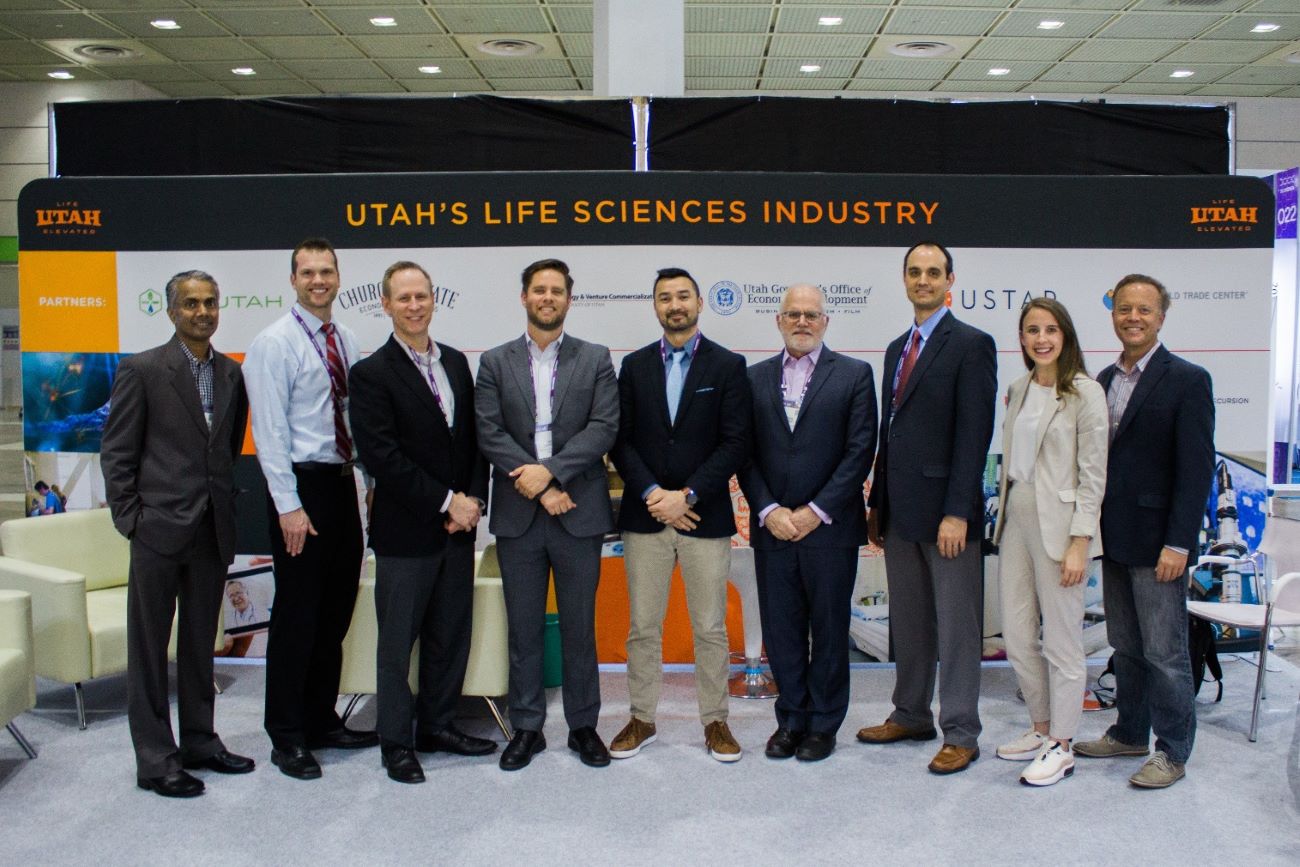
Form hot startups such as AI-driven biotech venture Recursion Pharmaceuticals ($220+ million raised) to Tolero Pharmaceuticals’ nearly $1 billion acquisition by the Japanese giant Sumitomo Dainippon Pharma, or leading medical device ventures such as Merit Medical.
Especially, Stryker moved to Utah in 2011, one of the largest medical device companies, who has recognized the many benefits Utah offers in the life sciences industry. Now they have expanded with the opening of a 137,000-square-foot facility to manufacture the most modern technology to treat patients suffering from acute ischemic stroke.
Academic Research to Startups
Salt Lake Metro has been a magnet for cutting-edge research in the life sciences. The University of Utah, a leading research institution has been on the forefront of genetic research. For example, its’ School of Medicine has pioneered diverse investigations from gene targeting, neural interfaces and stem cells for regenerative medicine. Internationally regarded for its innovative basic science and biomedical research, its’ $246.7 million in research funding has contributed to a top reputation among physicians and scientists. The enterprising culture manifests in many ways including the “U’s” No. 1 status as university to spin-off startups. It shows up in the numbers—since 2012, over $5.7 billion has gone toward the acquisition of University of Utah startups.
Why Salt Lake City Is the finest destination for your Business?
The natural charm, solid community and low cost of living make it ideal for entrepreneurs who are seeking a high quality of life as well as starting a business. Salt Lake City ranked above average in many early-stage startup metrics that we considered: growth potential and affordability. Between those, the city has an amazing combination of available capital, low-cost living conditions and a progressive culture.
#1 Quality of life

Salt Lake City’s quality of life is not measured only in fantastic scenario of sunsets, red rock, and epic ski days. Within Salt Lake, ‘Quality of life’ is a host of factors — from jobs and education to healthcare and housing. It includes arts and culture, crime, taxes, infrastructure, and more. Taking all of that into account, over half of residents rate their overall quality of life in the city above 75 on a scale of 1 to 100, based on recent survey to City residents revealed!
Salt Lake County addresses the mass of bars in the state, is one of the factors that is driving historic spending downtown along with entertainment and restaurants. The resurgent engagement in urban living among new generations — an energetic resource for bigger companies to tap into the labor that wants to live here.
And traffic blockage levels, commuting times, and monthly parking rates in Salt Lake are consistently lower in comparison to west coast cities with a mature tech economy. Public transit is quite cheap and easy to navigate compared to transportation in other cities.
Most importantly, it is affordable. Calculating a range of factors, Salt Lake is close to 50 percent less expensive than living in San Francisco. Salt Lake City also has Denver, a fellow western boomtown, beaten. It will cost you 12 percent less to live in Salt Lake City than in Denver—and you can still enjoy all the outdoor lifestyle and preponderance of technology jobs SLC offers.
After all, these amazing lifestyle elements will appeal to the talent your business want to attract. When it comes to talent acquiring in a competitive job market, your location is another aspect of your brand and company culture. The city, neighborhood, citizen, or office space where you choose to base your business can all be an asset in your hiring strategy.
#2 Business-friendliness of “Comfy” Cost, Taxes and Regulatory
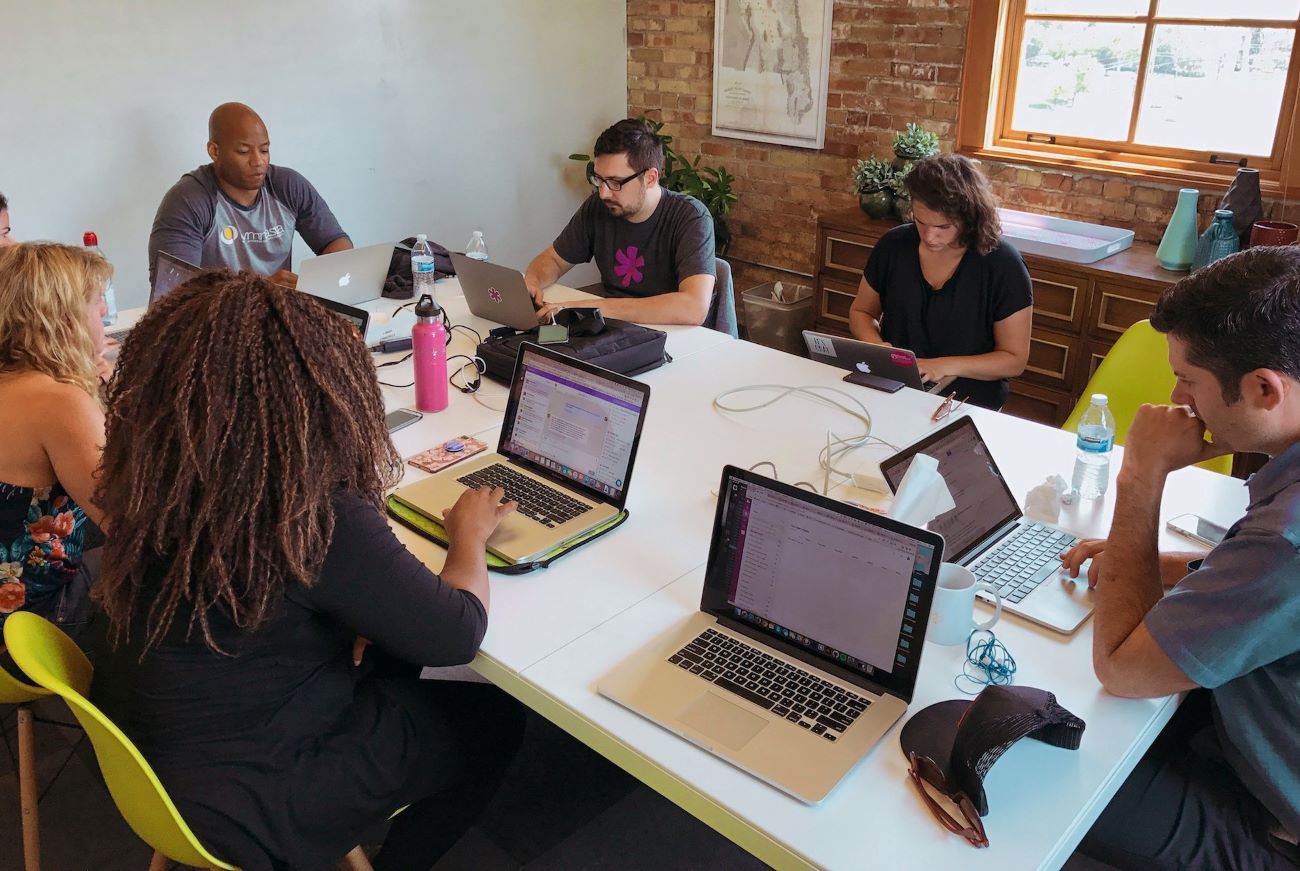
Salt Lake City’s expanding market is surprisingly affordable. Business-friendly tax incentives and a flexible regulatory market give companies the elbow room to scale in ways that might be difficult in other markets. Salt Lake City’s downtown leases are a bargain compared to western tech hubs like Denver, Los Angeles, Seattle, Portland, and San Francisco. Perhaps that’s why tech companies account for almost 67 percent of the commercial real estate leases in downtown Salt Lake City.
Not only is the technology industry flourishing here for both startups and tech giants, but Salt Lake City is an overachiever when it comes to branch locations of enterprise-level businesses in a variety of industries—and its over-indexes for midsize companies with 62 to 93 employees.
According to Forbes, the cost of doing business in Utah is 2.2 percent below the national average, and WalletHub ranked Utah third among the 48 contiguous states for energy efficiency.
Furthermore, Utah also ranked 8th on Tax Foundation’s 2019 Tax Climate Index for its well-structured tax system. Although Utah levies taxes in all major categories, the state keeps them low, particularly its flat five percent personal and corporate tax rate.
In addition to its attractive flat tax system, Utah’s government continually reviews state laws and regulations to eliminate unnecessary restrictions on its residents — especially those contributing to the local economy.
#3 Pipeline of Talent
In this aspect, Salt Lake City itself hosts four major universities for the state- Brigham Young University, Utah Valley University, Utah State University, and University of Utah. All of whom are nurturing a pool of young students who is looking to work in Salt Lake City, specifically in the tech sectors. When these tech students graduate, they can receive an average tech talent wage of $84.4k and live in a comfortable living conditions, with opportunities to network and play with other people their age in the city.

Not to mention other youngster in the area – Salt Lake City has a uniquely high number of millennials in a metropolitan area. It was ranked as the #5 most concentrated millennial markets in 2018, with 21% of the city’s population being of the millennial generation, compared to the national average of 13.9%.
In addition to a strong culture of business education, there are multiple accelerated software development bootcamps locally that produce youthful engineering talent.
Software bootcamps such as The Tech Academy, DevPoint Labs, V School and Bottega are proving great education and talent to the surrounding areas. Having access to young and energetic talent fuels local companies as they grow and expand.
For the high-quality workforce, many companies are moving to Salt Lake City, particularly the tech ones —but also in other industries such as banking, professional services, educational services, health care, and retail.
Above all, based on census data from 2018, almost half of the workforce (45.1 percent) has a bachelor’s degree or higher. In fact, a fun one, when you combine the student populations of both Brigham Young (BYU) and Utah Valley (UVU) universities, you will get a figure that almost matches the population of Salt Lake City’s central core.
#4 Capital Availability of Sufficient
It was not very long ago that startup businesses in Utah had a tough time finding early-stage funding. To be taken seriously as well as attract a sound venture capital, startup entrepreneurs felt they had to be in Silicon Valley to attract venture capital.
However, for now Utah is recognized as one of the best states in the nation for capital investment. Having some of 50 venture capital firms in the state the state’s businesses also attract significant venture capital from other financial centers.
These programs besides provided state investment in basic research with potential for commercialization, it also leveraged private investment dollars to kickstart the state’s venture capital industry. What are some of the fund you should consider?
Firstly, USTAR (The Utah Science Technology and Research Initiative) leveraged the proven success of Utah’s universities in creating and commercializing innovative technologies to generate new businesses, new industries, high-paying jobs, and other business activity. It helps promising high-tech business startups attracted more investment capital, leading to an expansion of our tax base and enhanced economic prosperity for all Utah citizens.
Moreover, in Salt Lake City, The Silicon Slopes Venture Fund was launched as a way to better support Utah’s technology entrepreneurs. Besides, it is also counted to ensure additional long-term funding for Silicon Slopes, the non-profit organization that serves Utah’s booming tech community. Here are some lively evident for Utah’s active source of capital throughout the past decade:
- From 2010 to 2016, total capital investment in Utah grew roughly $1.4 billion, from $3.8 billion in 2010, to $5.2 billion in 2016, a 36 percent increase.
- In 2017, Utah’s 50 venture capital firms raised $56 million to fund startup companies and to support expanding companies. In total, Utah companies received $818 million in venture capital investment in 2017.
- In 2019, Utah experienced a 10% increase in the number of venture capital. A total of 65 companies received $1.1 billion, which represents a 47% increase in dollars received and making 2019 the second largest year ever for Utah’s VC-backed startups.
The Bottom Lines
Even though Salt Lake City is a ballooned economy, yet this is not a success over night, the city’s story is more than 10 years in the making. Therefore, it is entering this changing movement with a strong position, for both its citizen and workforce to face no difficulties keeping pace. In brief, the city is ready, no matter how abrupt it might be!








